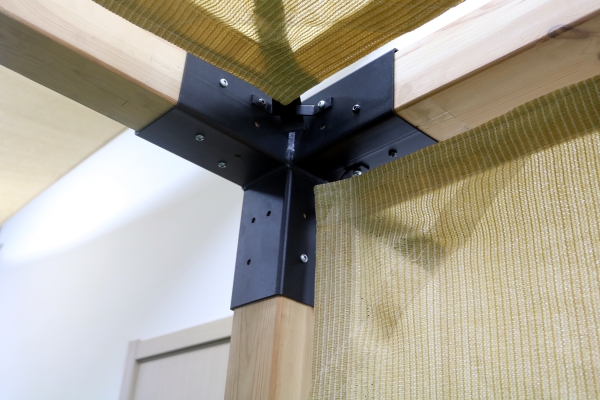Table of Contents
Determining if a Pergola Requires Planning Permission
Pergolas are a popular addition to outdoor spaces, providing shade and a sense of enclosure while still allowing for an open-air feel. However, before installing a pergola, it is important to consider whether planning permission is required. In many cases, pergolas are considered to be “permitted development” and do not require planning permission. However, there are certain circumstances in which planning permission may be necessary.
One of the key factors in determining whether planning permission is required for a pergola is its size. In the UK, for example, a pergola that is less than 2.5 meters in height and does not cover more than half of the garden area is generally considered to be permitted development. This means that you can install a pergola without seeking planning permission from your local authority.
Another important consideration is the location of the pergola. If the pergola is located within the curtilage of a listed building, planning permission may be required. Similarly, if the pergola is located within a conservation area, planning permission may also be necessary. It is important to check with your local planning authority to determine whether your proposed pergola falls within any protected areas.
In addition to size and location, the design of the pergola may also impact whether planning permission is required. If the pergola is designed to be a permanent structure, it is more likely to require planning permission. On the other hand, if the pergola is designed to be temporary or easily removable, it may be considered to be permitted development.
It is also important to consider the materials used in the construction of the pergola. In some cases, using certain materials, such as metal or plastic, may trigger the need for planning permission. However, if the pergola is constructed using traditional materials, such as wood, it is more likely to be considered permitted development.
If you are unsure whether planning permission is required for your pergola, it is always best to check with your local planning authority. They will be able to provide you with guidance on whether your proposed pergola falls within permitted development or if planning permission is necessary.
In conclusion, while many pergolas do not require planning permission, there are certain circumstances in which it may be necessary. Factors such as size, location, design, and materials used in construction can all impact whether planning permission is required. If you are unsure, it is always best to seek guidance from your local planning authority to ensure that your pergola complies with regulations.
Top Chinese Suppliers for Wooden Pergola Garages
Pergolas have become a popular addition to many outdoor spaces, providing a beautiful and functional structure that can enhance the aesthetics of a garden or patio. However, when considering adding a pergola to your property, one important question that often arises is whether or not planning permission is required. In this article, we will explore the regulations surrounding the construction of pergolas and discuss whether or not they typically require planning permission.
In general, the need for planning permission depends on the size and location of the pergola. In the UK, for example, planning permission is not usually required for a pergola that is less than 2.5 meters in height and does not cover more than half of the garden area. However, if the pergola is attached to a building or is located within 2 meters of a boundary, then planning permission may be necessary.
It is important to note that regulations regarding planning permission can vary depending on the country or region in which you live. Therefore, it is always best to check with your local planning authority to determine whether or not permission is required for the construction of a pergola on your property.

In addition to height and location, the materials used in the construction of the pergola may also impact whether or not planning permission is needed. For example, if the pergola is made of wood, it may be considered a temporary structure and therefore not require planning permission. However, if the pergola is made of more permanent materials such as brick or metal, then planning permission may be necessary.
When considering whether or not planning permission is required for a pergola, it is also important to consider the impact that the structure may have on neighboring properties. If the pergola is likely to obstruct views or overshadow neighboring gardens, then planning permission may be necessary to ensure that the structure is in compliance with local regulations.
In conclusion, the need for planning permission when constructing a pergola depends on a variety of factors including size, location, and materials used. While smaller, temporary structures may not require planning permission, larger or more permanent structures may need to be approved by the local planning authority. It is always best to check with your local planning authority to determine whether or not permission is needed before beginning construction on a pergola. By following the regulations set forth by your local authority, you can ensure that your pergola is in compliance with the law and will provide a beautiful and functional addition to your outdoor space.







